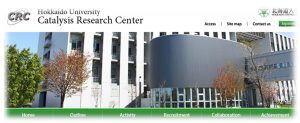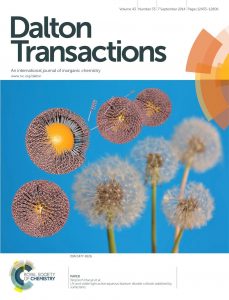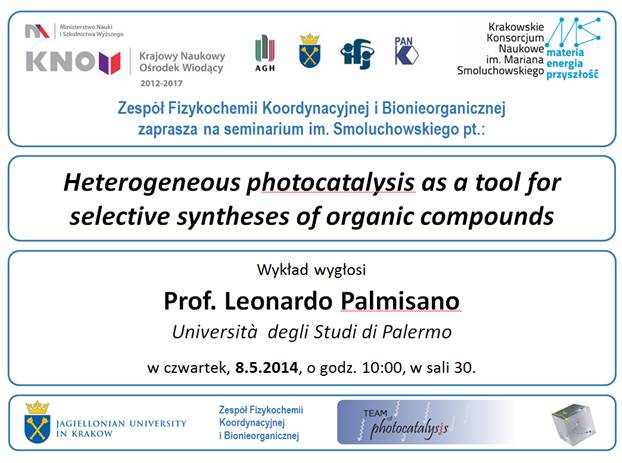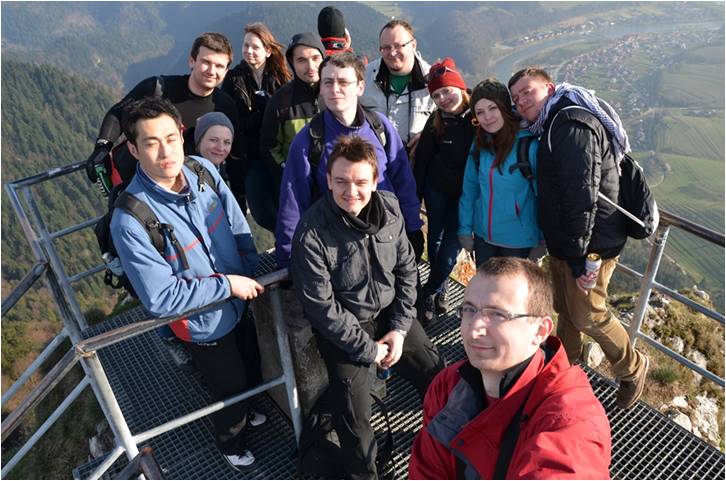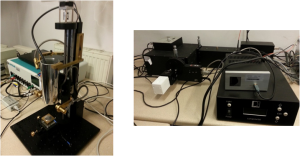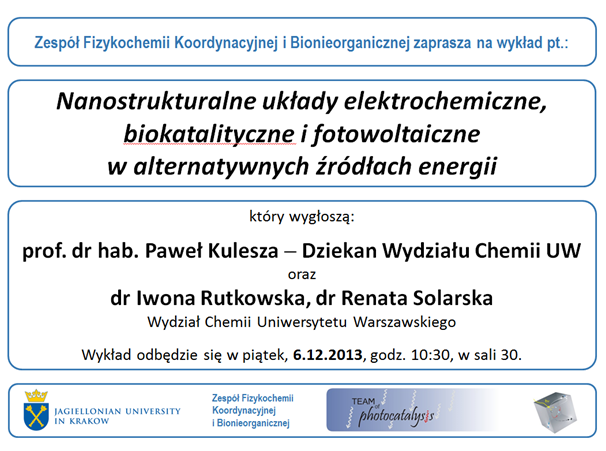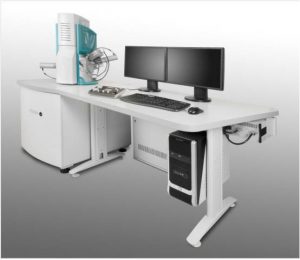Elżbieta Świętek has got her PhD degree. Congratulation!
Redox Characteristics of Semiconducting Photocatalytic Materials
The aim of the studies was to develop the method based on spectroelectrochemical measurements, which allows for the characterization of redox properties of various types of semiconducting materials, including determination of the impact of structural modification and surface as well as the influence of the experimental conditions on the redox properties of the semiconductors. As a part of this work a concise description of the methods used for characterization of redox properties of semiconducting photocatalytic materials was carried out and a novel model of photoinduced electron transfer in nanocrystalline semiconductor electrodes was proposed. An important part of the dissertation was the elaboration of the spectroelectrochemical method. The extension of the method is based on the application of the reflectance spectroscopy and analysis of the experimental conditions influence on VON values. The determined potentials correspond to the process of electron trapping on the available energy states close to the edge of the conduction band. The influence of several parameters like oxygen concentration, potential sweep rate, pH and the type of electrolyte, were discussed. The developed spectroelectrochemical method was also used for characterisation of the energy states lying close to the edge of the conduction band. Additional energy states of TiO2.(P25), localized within the bandgap, were qualitatively characterized. The applicability of the method to determine deep and shallow electron traps was confirmed. A quantitative analysis of shallow electron traps was also conducted using a modification of the spectroelectrochemical method by designating the distribution of electron density of states for selected samples. A wide range of applications of the new measurement method was discussed on the basis of measurements carried out for different semiconductors.
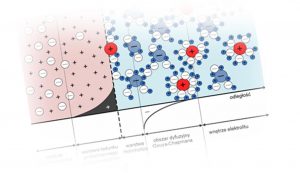
 Cooperation
Cooperation
